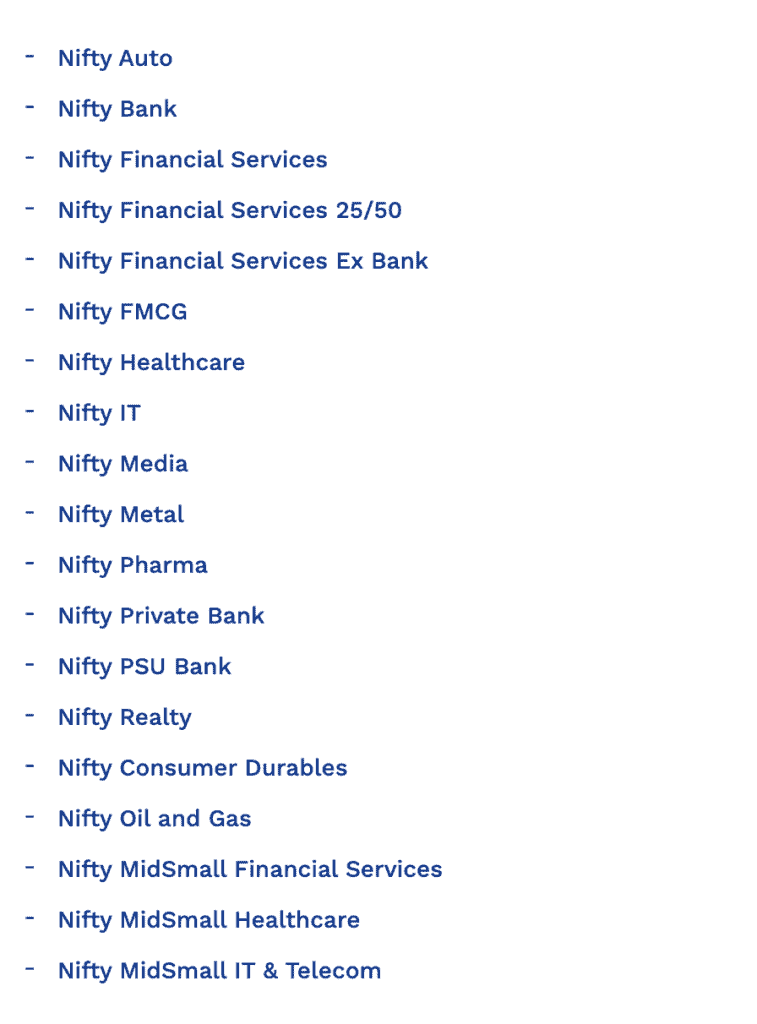
You’ve probably heard about the benefits and absolute necessity of diversification in any investment portfolio. Stock market experts, financial advisors, and even crypto gurus can’t stop talking about it.
But this time, they’re not wrong. While diversification probably won’t work wonders for your portfolio, it will help you get out of a bad market better than others. Diversification, however, is not as easy as it sounds. In this article, we’re going to cover why diversification is important, how you do it, and whether there’s a wrong or right way to diversify your portfolio.
Also Read: Creating multiple streams of income
What is diversification?
When investing in the mercy of one asset or fund, you expose yourself to tremendous risk. Diversification is a way in which you spread your eggs across several baskets so even though one basket gets stolen and another breaks, you still have 85% of your eggs to go.
This is not just a suggestion; it’s a key part of investing. Everyone from retail investors to institutional players like hedge funds diversify their assets to reduce exposure to any one market. And for good reason too.
Diversification theory states that when you invest in 2 or more assets that aren’t correlated with one another, you earn roughly the same returns for lesser risk.
For instance, if you’re invested entirely in equity, you are at the mercy of the NIFTY 50. When it goes up, your portfolio goes up and so on. However, if there’s a market-wide crash, gold is one asset that (usually) goes up against the market because it has a low correlation with the stock market. As gold rises with stocks falling, smarter investors who are invested in gold definitely lose money, but not as much as you do.
The benefits of diversification
Mitigating risk
The core principle of diversification is risk management. By investing in a variety of assets across different asset classes (stocks, bonds, real estate, etc.), industries, and geographic regions, you minimise the impact of any single asset’s poor performance. The principle of diversification applies – if one sector tanks, another might go up, offering a buffer against significant losses. This is not to say that diversified investors never lose money – they do; they just lose less than non-diversified ones.
Also Read: Risk management in stock market
Less volatility in your overall portfolio
Markets are inherently volatile, with ups and downs like a rollercoaster. Diversification helps smoothen this ride. When one asset class dips, others might stay stable or even rise, which minimises your portfolio’s overall volatility. You get to sleep better at night too!
Capturing diverse opportunities
Investments are not limited to equity or bonds; there is a whole universe out there filled with things you could invest in – you could invest in art, music, NFTs, startups – anything your heart desires. By diversifying even for the sake of it, you get involved in things that wouldn’t otherwise have, leading to both monetary and personal growth over the long term.
Future-proofing your portfolio
Predicting the future is impossible, and while investors might pretend to know where the bottom is, they don’t. Economic shifts, tech advancements, and unforeseen events can unsteady even the most surefooted professionals, which means that you and I with our Yahoo Finance updates can’t do much better. By diversifying your capital, you can tap into the unique growth potential of several things at once and mitigate that risk.
How to diversify your portfolio
While there’s no right or wrong way to diversify, here are some common ways in which investors think about diversification in the investing universe:
Asset allocation
This means that you divide your money into different types of asset classes depending on how much risk you’re willing to take.
- Conservative – 60% bonds, 30% stocks, 10% cash/alternatives
- Moderate – 40% bonds, 50% stocks, 10% cash/alternatives
- Aggressive – 20% bonds, 70% stocks, 10% cash/alternatives
If you don’t have institutional money, you typically don’t buy corporate bonds by themselves. The most popular way for retail investors to invest in bonds is to buy funds that in turn invest in bonds.
Also Read: Everything you need to know about stock market portfolios
Industry diversification
Industries are also sometimes correlated with one another, both in the same and opposite direction. This is usually for equity investments. Some industries you could diversify with are shown in the picture below:

Company diversification
Within each industry, choose companies with diverse characteristics:
- Size – Large-cap (established giants) vs. Mid-cap (growth potential) vs. Small-cap (higher risk, higher potential).
- Value vs. Growth – Companies focused on stable dividends vs. companies prioritising rapid stock price appreciation.
- Financial Health – Analyse debt levels, profitability, and future growth prospects.
Geographic diversification
You could look at equity beyond India too:
Developed markets – S&P 500 (US), MSCI Europe, Nikkei 225 (Japan).
Emerging markets – BRICS index, iShares China Large-Cap ETF.
Frontier markets – Vietnam ETFs, frontier market mutual funds.
You could also invest in a global stock fund alongside your domestic holdings to capture opportunities in growing economies.
Conclusion
By adopting these strategies and tailoring them to your unique needs, you can build a resilient and well-diversified portfolio that weathers market storms and helps you achieve your financial goals. Remember – diversification shouldn’t be a burden; it should be a rule.
Other tips to diversify well
- Make sure you’re not overexposed to any stock – set a limit on how much of your capital can you invest in one scrip, fund, etc.
- Rebalance your portfolio at regular intervals.
- Be on the lookout for good investment opportunities both in India and abroad. You never know when a strong company becomes available at a very attractive price.

